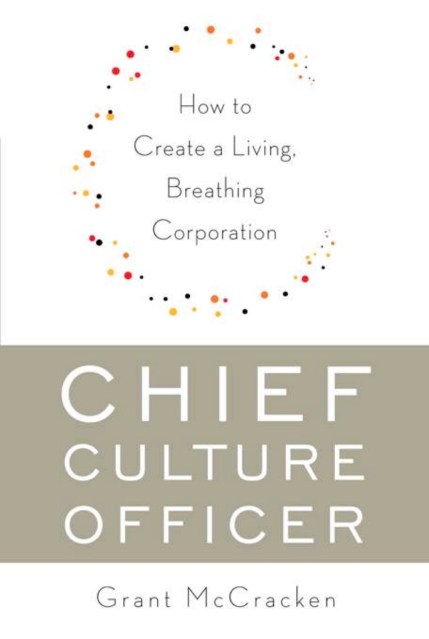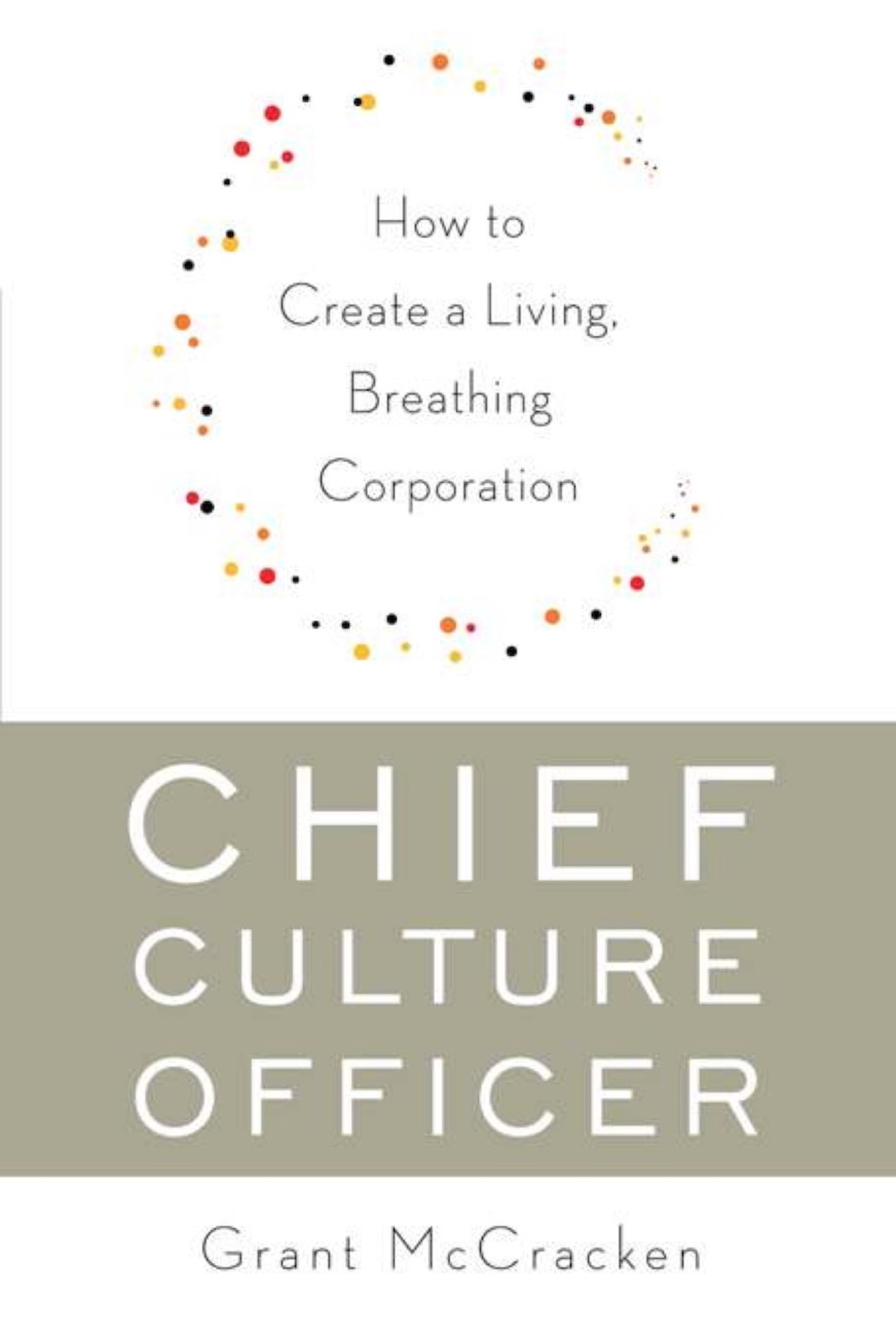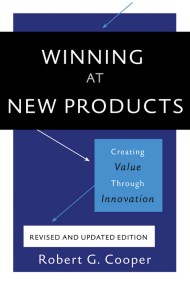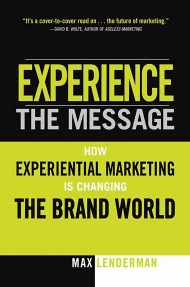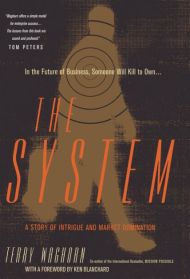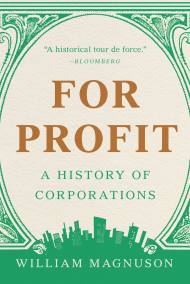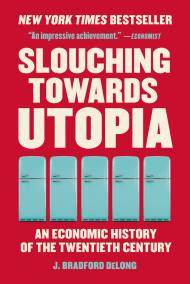Promotion
Use code MOM24 for 20% off site wide + free shipping over $45
Chief Culture Officer
How to Create a Living, Breathing Corporation
Contributors
Formats and Prices
Price
$11.99Price
$15.99 CADFormat
Format:
- ebook $11.99 $15.99 CAD
- Trade Paperback $24.99 $31.99 CAD
This item is a preorder. Your payment method will be charged immediately, and the product is expected to ship on or around November 10, 2009. This date is subject to change due to shipping delays beyond our control.
Also available from:
Levi-Strauss, the jeans and apparel maker, missed out on the hip-hop trend. They didn’t realize that those kids in baggy jeans represented a whole new — and lucrative — market opportunity, one they could have seen coming if they had but been paying attention to the shape of American culture.
Levi Strauss isn’t alone. Too many corporations outsource their understanding of culture to trend hunters, cool watchers, marketing experts, consulting firms, and, sometimes, teenage interns. The cost to Levi-Strauss was a billion dollars. The cost to the rest of corporate America is immeasurable.
The lesson? The American corporation needs a new professional. It needs a Chief Culture Officer.
Grant McCracken, an anthropologist who now trains some of the world’s biggest companies and consulting firms, argues that the CCO would keep a finger on the pulse of contemporary cultural trends-from sneakers to slow food to preppies-while developing a systematic understanding of the deep waves of culture in America and the world. The CCO’s professionalism would allow the corporation to see coming changes, even when they only exist as the weakest of signals.
Delightfully authoritative, trenchantly on point, bursting with insight and character, Chief Culture Officer is sure to expand your horizons-and your business.
Genre:
- On Sale
- Nov 10, 2009
- Page Count
- 288 pages
- Publisher
- Basic Books
- ISBN-13
- 9780465020102
Newsletter Signup
By clicking ‘Sign Up,’ I acknowledge that I have read and agree to Hachette Book Group’s Privacy Policy and Terms of Use
